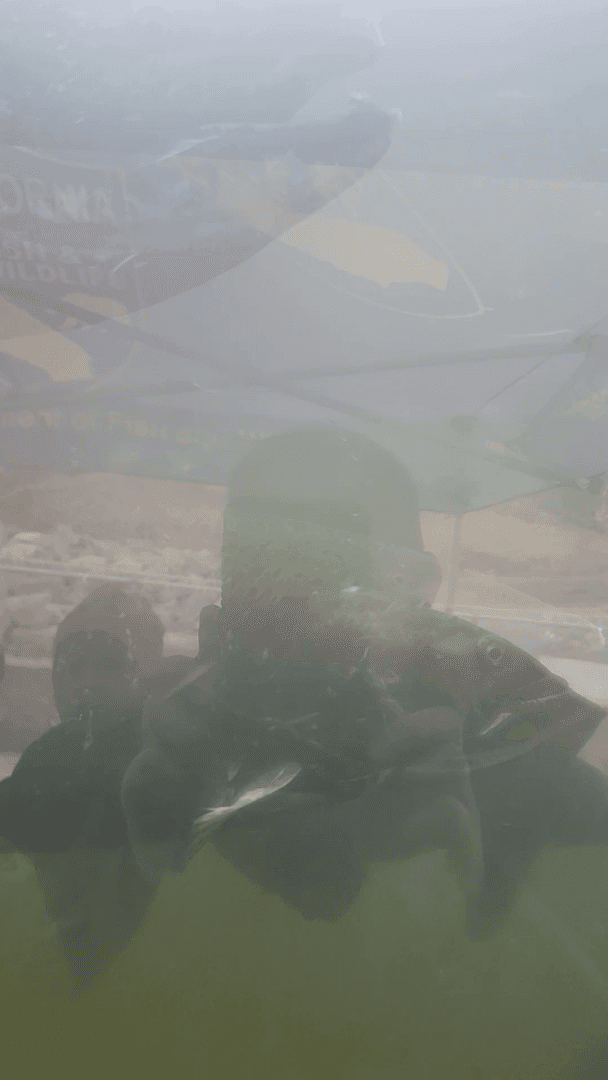
Hunting in Équateur: Natural Landscapes, Hunting Communities, and Abundant Wildlife Species The Landscapes and Natural Environment of Équateur Situated in the northwestern heart of the Democratic Republic of the Congo, Équateur is dominated by vast equatorial rainforests, swamps, and rivers, including parts of the mighty Congo River. The dense vegetation and humid climate support one of Africa’s richest ecosystems, making the region a hotspot for biodiversity. From flooded forests to seasonal savannas, the varied geography provides exceptional habitat for both large and small game, and offers unique challenges for hunters venturing into this wild terrain. Local Hunting Population and Regional Dynamics Équateur is largely rural, with small communities relying on traditional hunting as a means of subsistence and cultural continuity. The majority of hunting activity is performed by indigenous groups who have lived in harmony with the forest for generations. While recreational hunting
Post: 31 July 16:43
















































